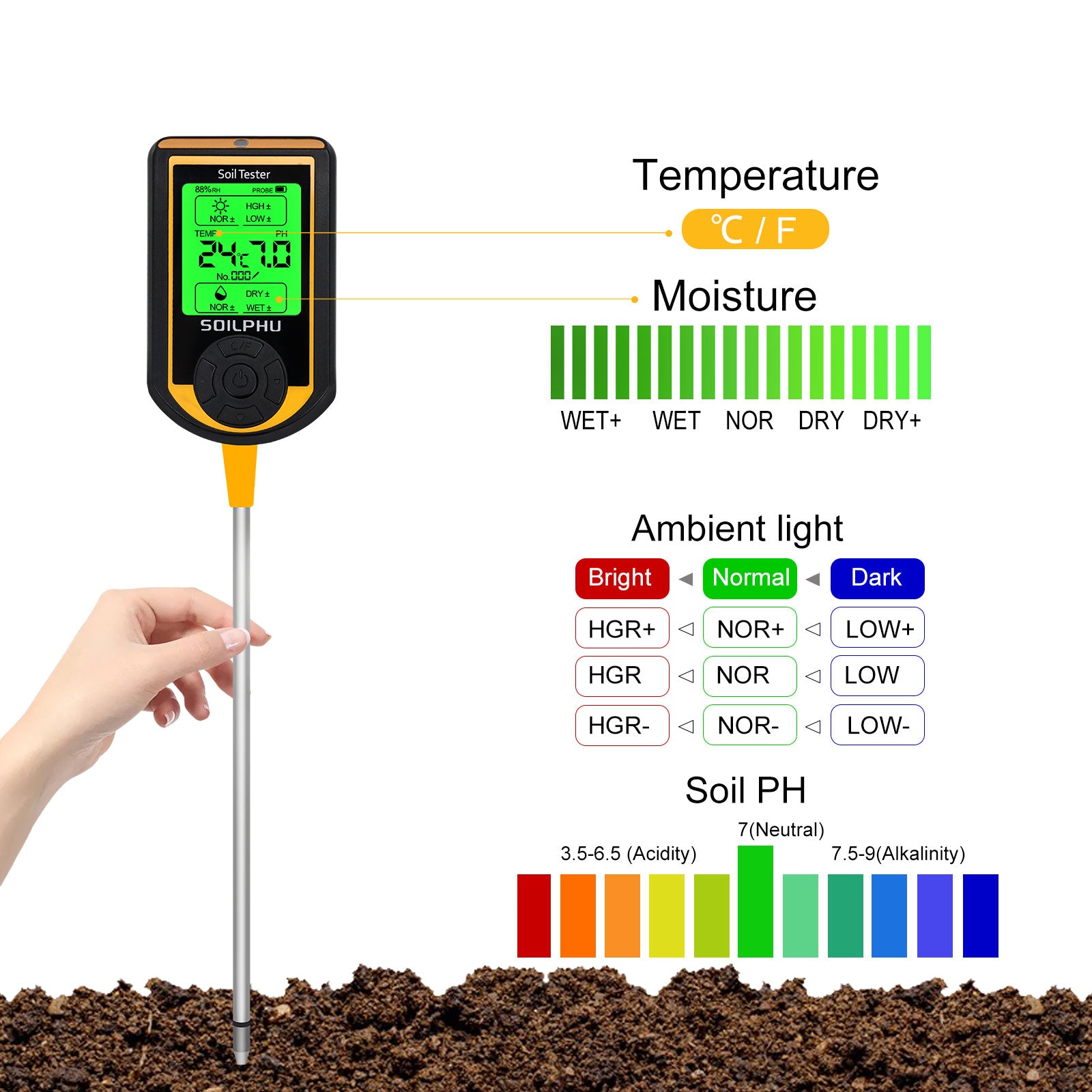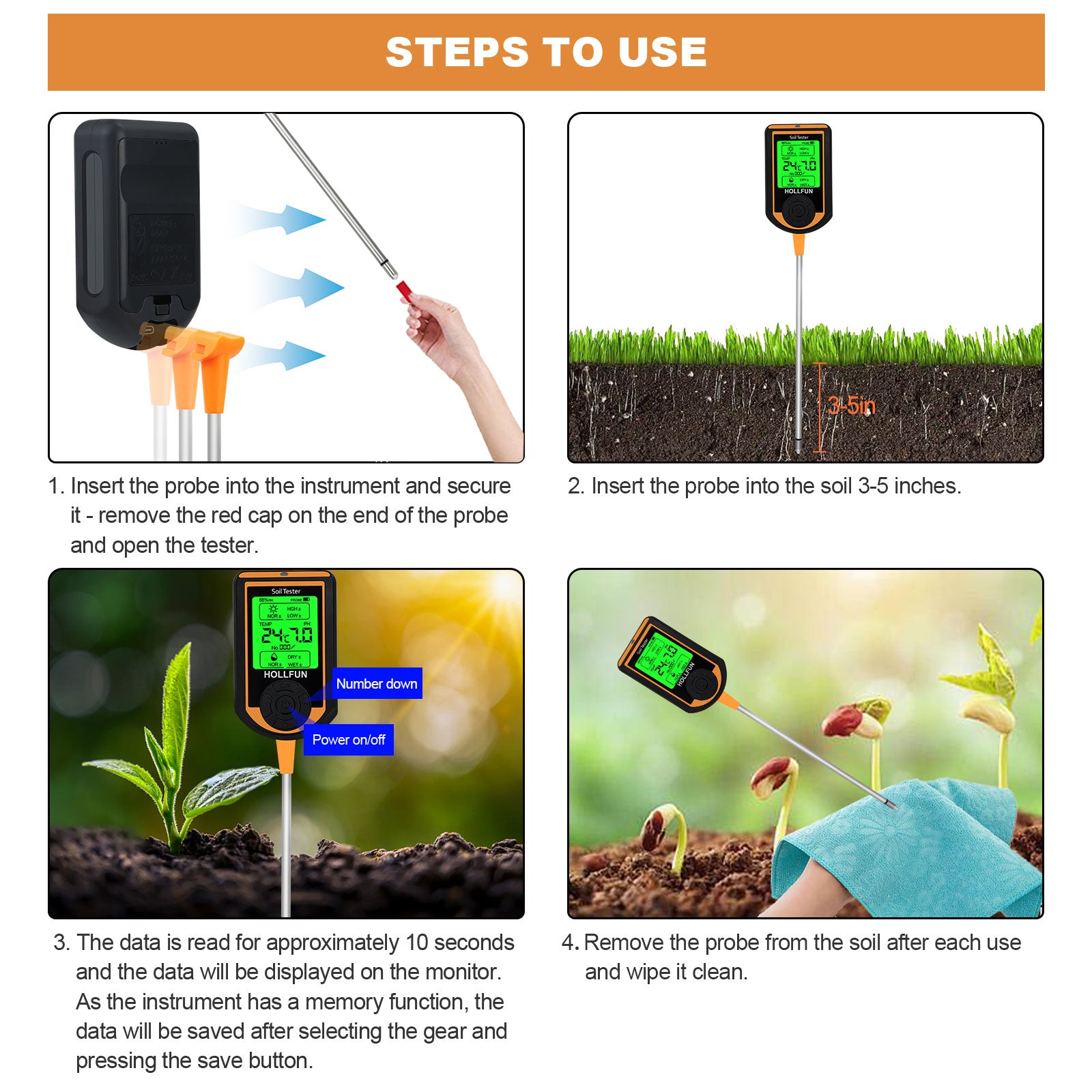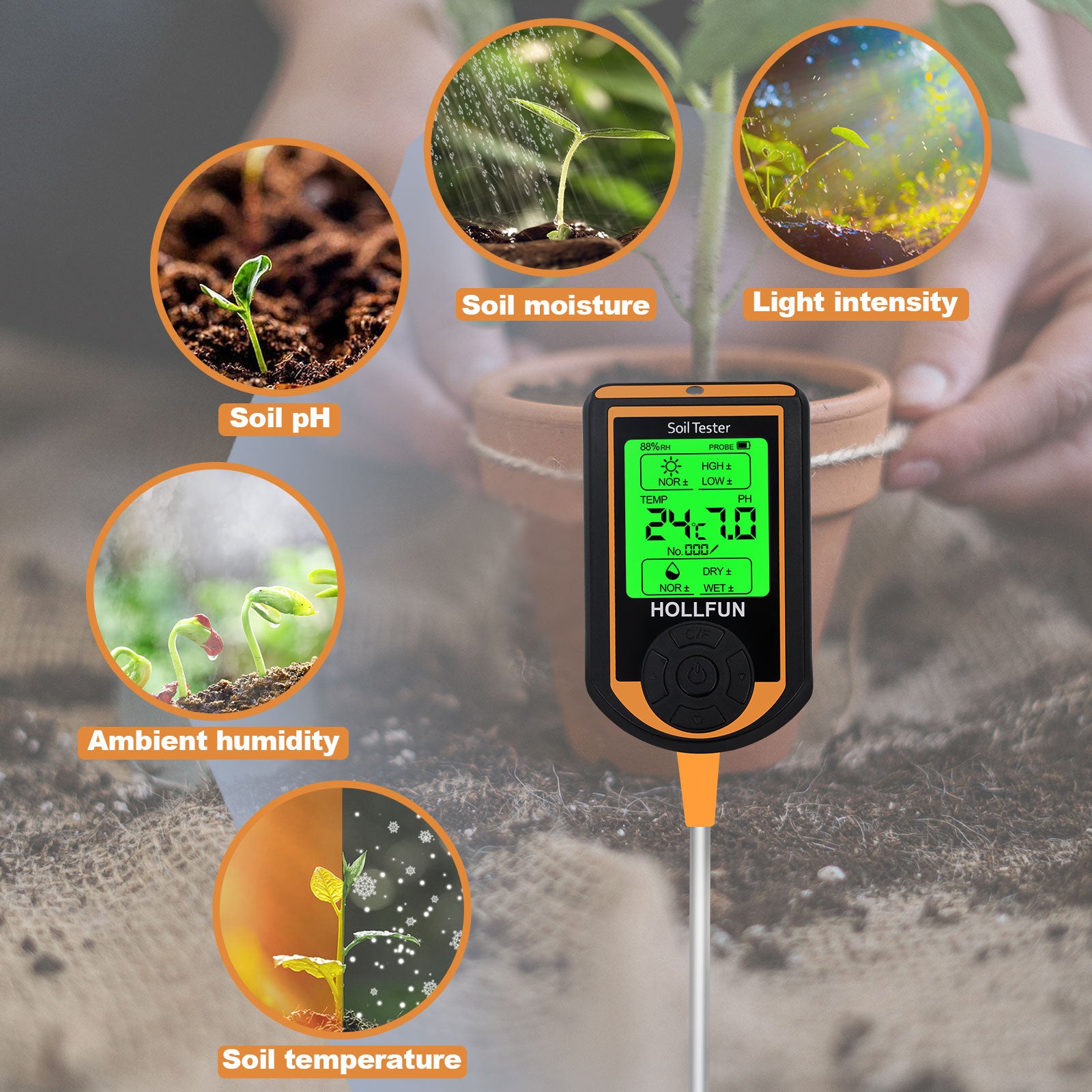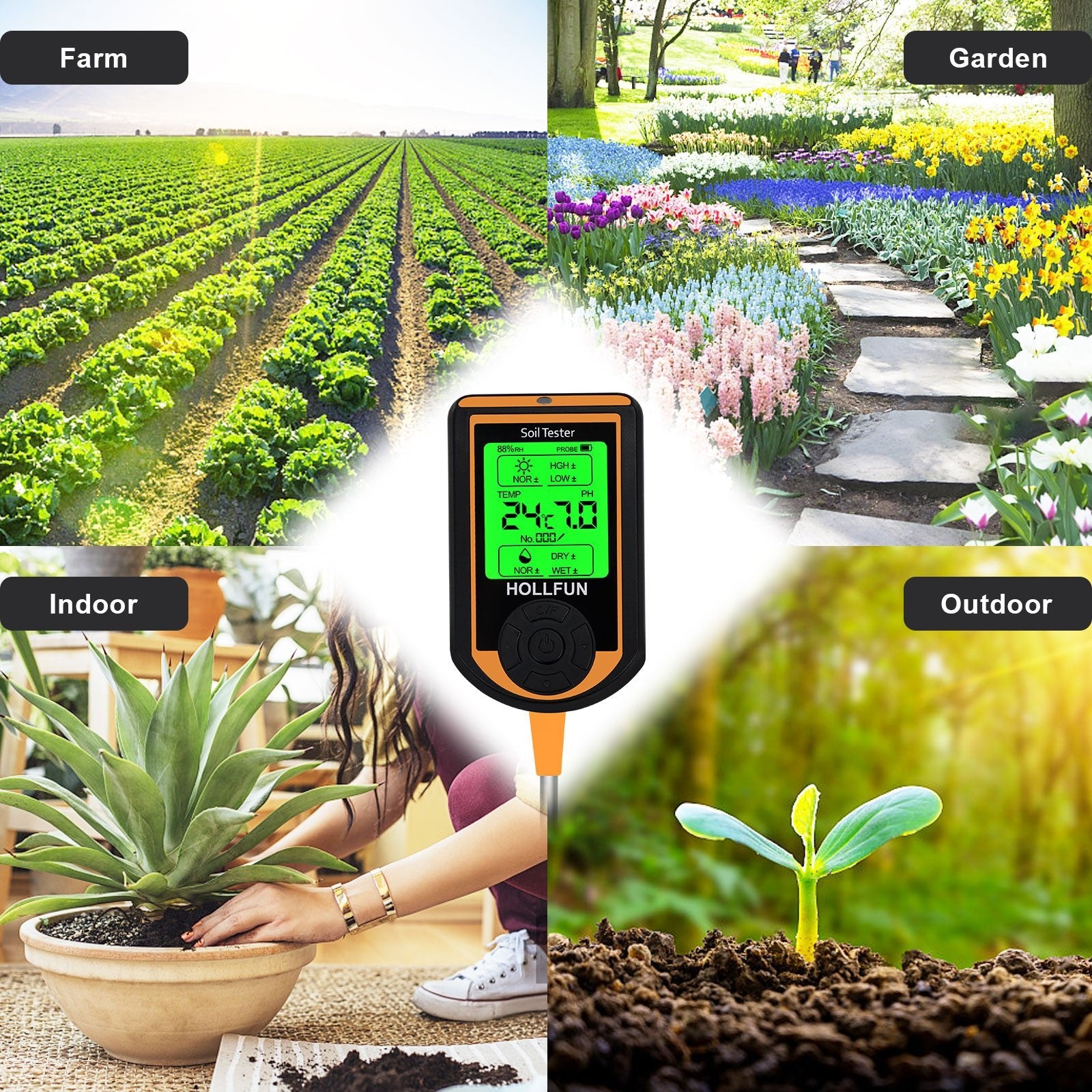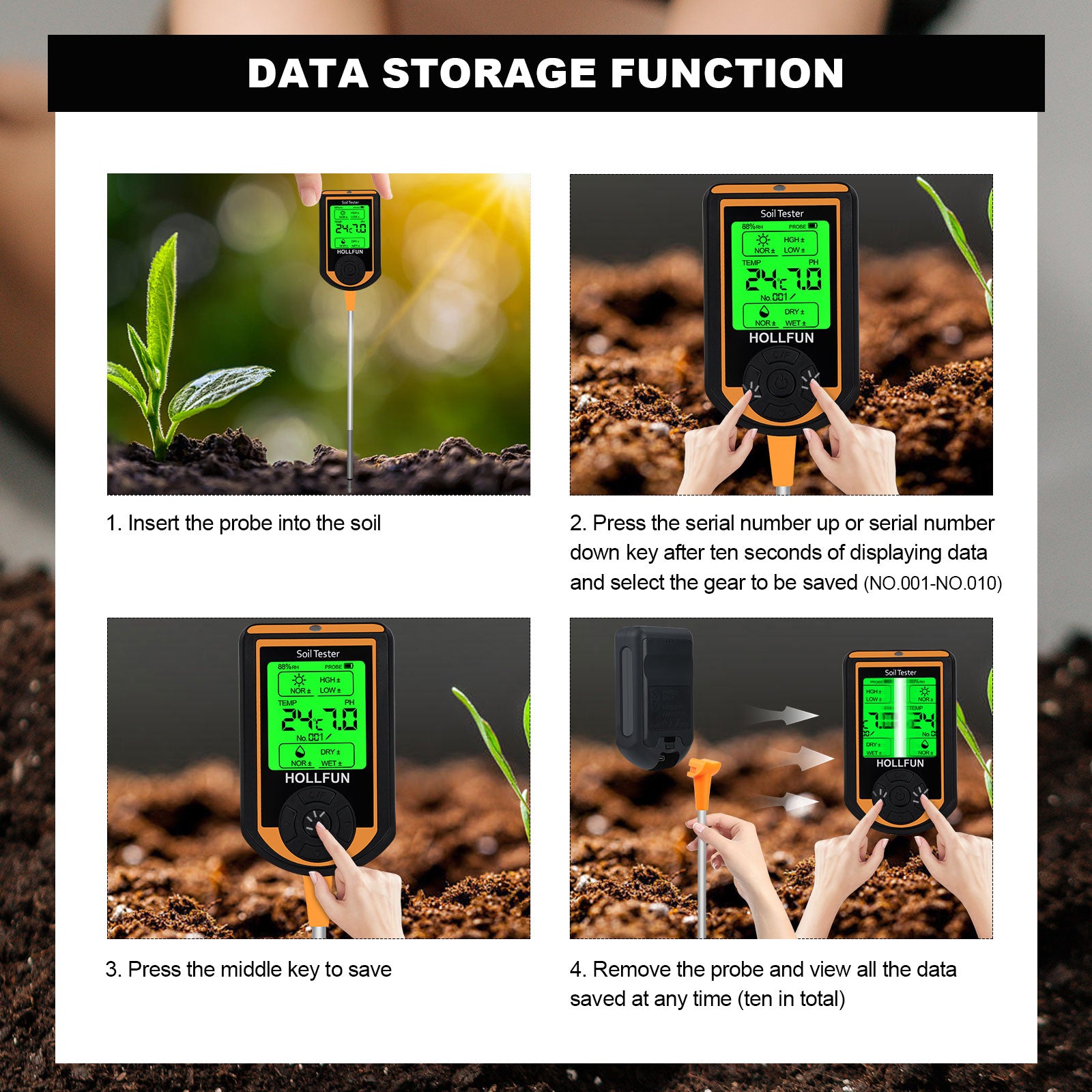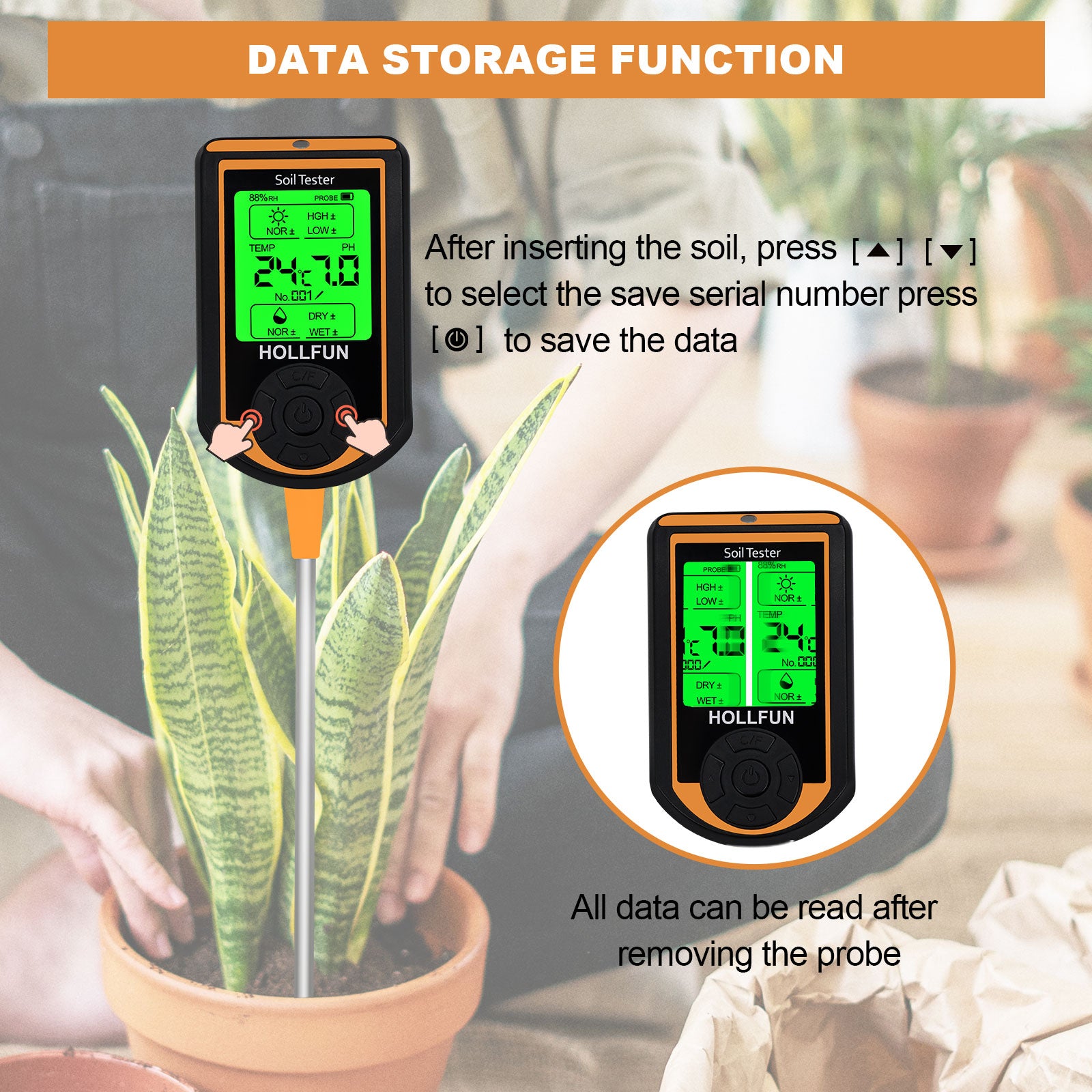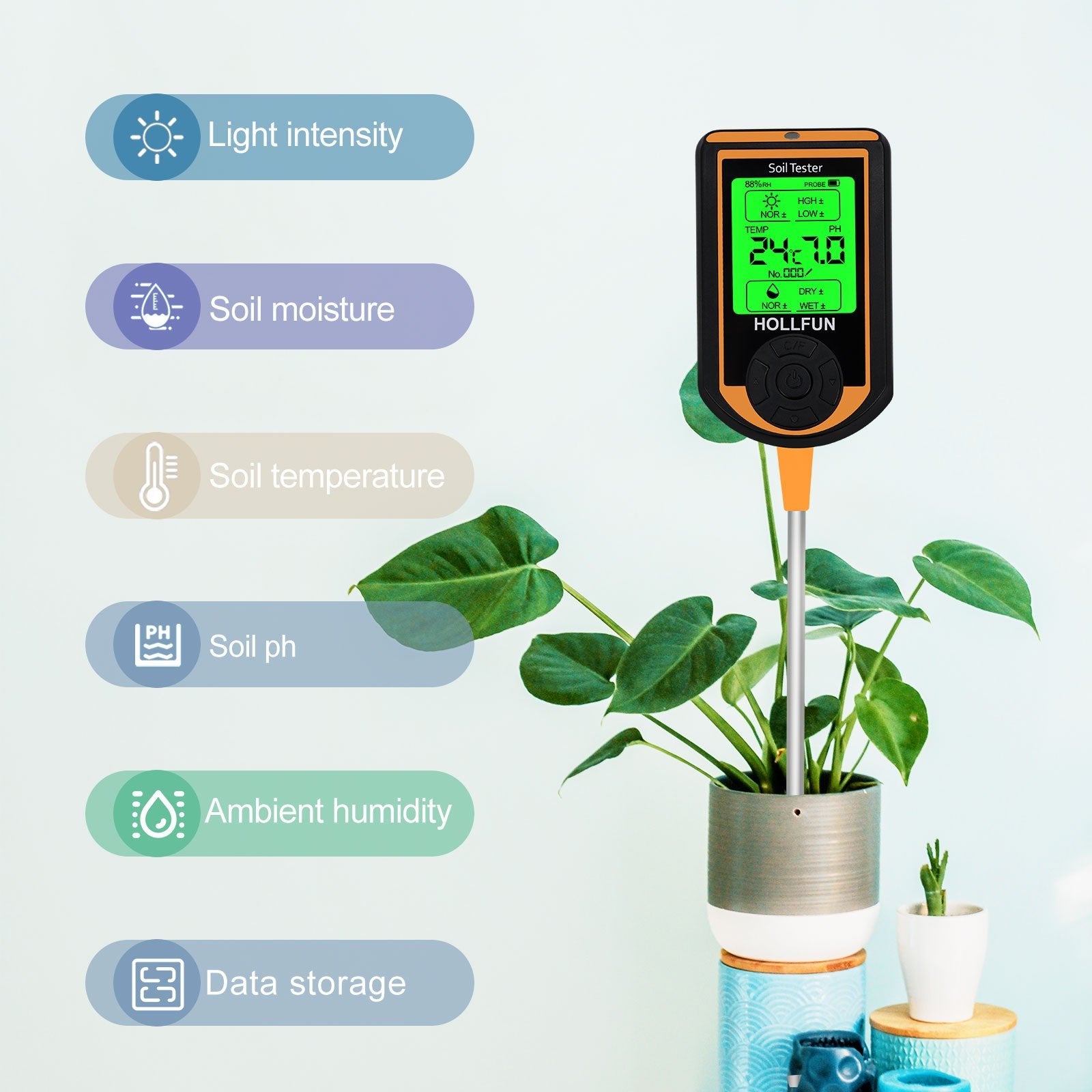After introducing the main potting media, let's talk about an essential aspect of plant growth—fertilizers.
What are fertilizers?
- Fertilizers refer to natural or artificially processed materials composed of one or more essential plant nutrients. They are substances used to improve soil properties and enhance soil fertility, often referred to as the food for plants.
Why is fertilization necessary?
- The potting media commonly used for home gardening lacks inherent nutrient content. Fertilization is required to supplement the deficiencies in the medium and meet the nutritional needs of plants during their growth and development.
- Essential nutrients for higher plants include carbon, hydrogen, oxygen, nitrogen, phosphorus, potassium, calcium, magnesium, sulfur, iron, boron, manganese, copper, zinc, molybdenum, and chlorine, totaling 16 elements.
- Any deficiency in these elements can adversely affect the normal growth and development of plants. For example, a lack of nitrogen can result in stunted and weak plants with abnormal yellow-green or yellow-orange leaves.
Classification of fertilizers
- Fertilizers for potted flowers are commonly divided into two categories: organic fertilizers and inorganic fertilizers.
- Organic fertilizers: These are materials processed, fermented and decomposed into carbon-containing substances that provide nutrients for plants. Materials include human waste, feathers, hooves and bone meal from poultry and livestock. And the waste from fish, meat, eggs, cake fertilizer, sesame residue, green manure, etc.
- Inorganic fertilizers: Comprising inorganic substances, commonly known as chemical fertilizers. They include ammonium phosphate fertilizers and water-soluble fertilizers.
Advantages of fertilizers
- They supplement the potting medium with essential plant nutrients, promoting plant growth, lush foliage, and flowering.
- Organic fertilizers contain rich nitrogen, phosphorus, potassium and trace elements, with slow and lasting nutrient release. This helps improve medium properties and structure, promote the formation of medium aggregates, enhance medium fertility, and increase water retention, insulation, aeration and nutrient retention.
- Inorganic fertilizers have high nutrient content, quick effectiveness and are convenient for crops to absorb and utilize directly. They are easy to apply, store, and transport.
Disadvantages of fertilizers
- Organic fertilizers need thorough fermentation and decomposition before use. Fresh fertilizer can damage plant roots. Nutrient elements must undergo chemical and physical processes and microbial fermentation in the medium, gradually releasing nutrients.
- Inorganic fertilizers lack organic matter and consume large amounts of energy during chemical synthesis, polluting the environment. Long-term use of inorganic fertilizers is not conducive to improving medium fertility.
How to use fertilizers
- Liquid fertilizer: Mix according to the proportions specified in the fertilizer instructions (generally around 1:500), spray on the leaves, and then water the roots until the medium is thoroughly moistened (check the moisture level before fertilizing). The fertilization cycle varies depending on the plant, usually every 7-14 days.
- Granular slow-release fertilizer: Sprinkle according to the pot's capacity on the medium surface or mix it in proportion when repotting. Use 1-2 grams for pots below 2L, 4-8 grams for 2-4L pots, and 8-20 grams for 4-12L pots. The fertilization cycle is about four months.
- You can choose to combine organic and inorganic fertilizers to enhance the intensity and duration of fertilization. For crops like vegetables or fruits, pure organic fertilizers are recommended for safety and hygiene.
Remark:
- Liquid fertilizer is best applied thinly and frequently. Check the moisture level of the medium before fertilizing. It is advisable to fertilize in the morning or evening to avoid evaporation or leaf burn.
- Granular slow-release fertilizer releases nutrients slowly with watering, requiring no soaking or crushing.



